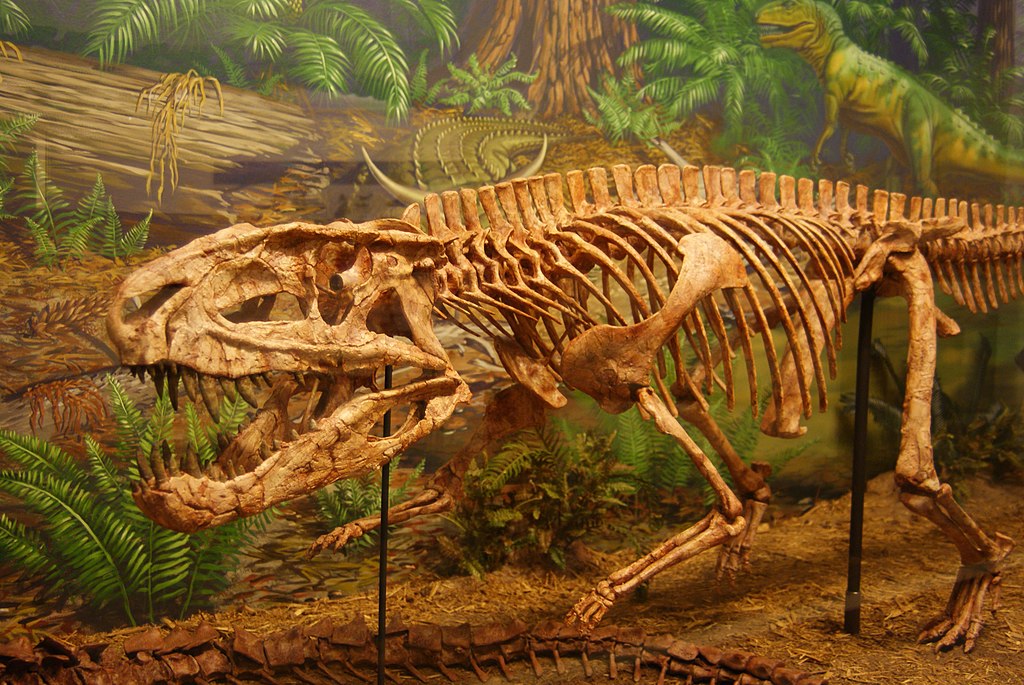The digestive health of dinosaurs remains one of paleontology’s more curious yet understudied questions. While scientists have extensively researched dinosaur diets, locomotion, and social behaviors, the intestinal workings of these prehistoric creatures have received less attention. Yet understanding dinosaur digestion—including potential digestive ailments like constipation—offers valuable insights into their biology, behavior, and evolutionary adaptations. By examining fossil evidence, comparing dinosaurs to their modern relatives, and applying our knowledge of animal physiology, scientists can make educated inferences about whether these magnificent creatures might have experienced digestive discomfort similar to many modern animals.
The Basics of Dinosaur Digestion
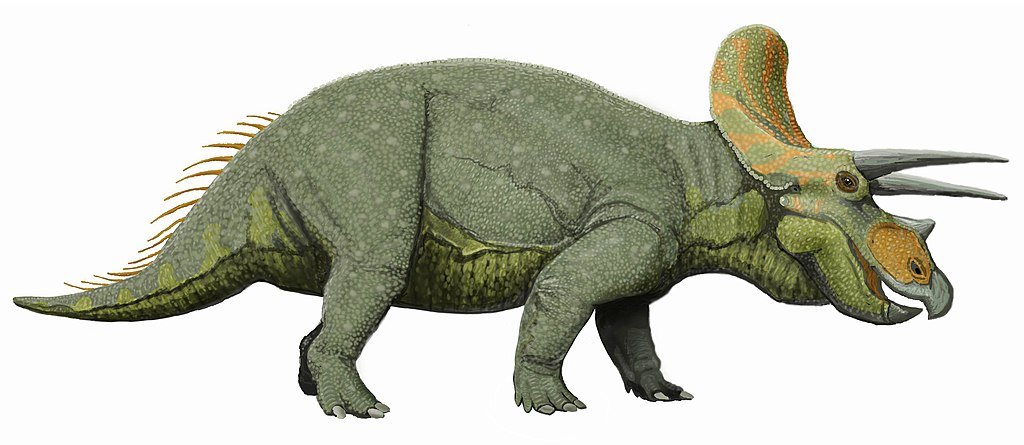
Dinosaurs possessed digestive systems that varied widely depending on their diet and evolutionary lineage. Herbivorous dinosaurs like Brachiosaurus and Triceratops had complex digestive tracts designed to process tough plant material, while carnivorous species like Tyrannosaurus rex had shorter, more acidic digestive systems optimized for protein breakdown. Paleontologists have discovered that many herbivorous dinosaurs used gastroliths—smooth stones swallowed to help grind food in their gizzards, similar to modern birds. These adaptations suggest dinosaurs had specialized digestive systems that evolved to efficiently process their particular diets. The length and complexity of dinosaur digestive tracts would have directly influenced their susceptibility to constipation, with longer systems potentially creating more opportunities for digestive blockages.
Evidence from Coprolites
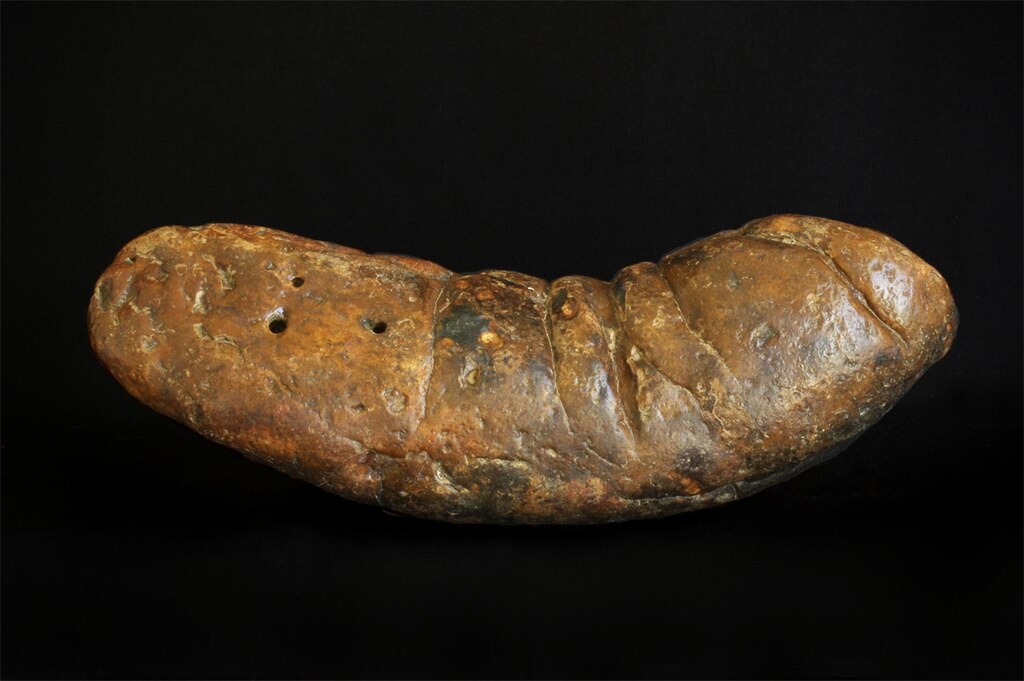
One of the most direct pieces of evidence about dinosaur digestion comes from coprolites—fossilized feces that have survived millions of years. These remarkable fossils provide valuable information about diet, digestive efficiency, and potentially, digestive health problems. Some coprolites show well-processed food material, indicating efficient digestion, while others contain large amounts of undigested plant matter or bone fragments. Paleontologists have found exceptionally large coprolites from sauropods and hadrosaurs, suggesting these dinosaurs produced substantial waste regularly. The consistency and composition of coprolites can sometimes indicate whether the dinosaur was experiencing normal digestion or potentially suffering from digestive issues like diarrhea, though evidence specifically pointing to constipation remains elusive. The study of coprolites continues to advance our understanding of dinosaur digestive health.
Comparing Dinosaurs to Modern Reptiles

Modern reptiles, the closest living relatives to dinosaurs aside from birds, offer valuable insights into potential dinosaur digestive issues. Reptiles today commonly experience constipation, particularly when dehydrated or when their diet lacks proper fiber. Large reptiles like crocodilians and monitor lizards can go weeks between bowel movements without experiencing health problems, suggesting similar adaptations might have existed in dinosaurs. Impaction—severe constipation that can become life-threatening—occurs in modern reptiles when they consume inappropriate substrate materials or experience dehydration. Given their evolutionary relationship, it’s reasonable to hypothesize that dinosaurs might have experienced similar digestive challenges. The slow metabolism of many reptiles contributes to their susceptibility to constipation, and similar metabolic rates in some dinosaur groups might have created comparable vulnerabilities.
Avian Digestion as a Model

Birds, the direct descendants of theropod dinosaurs, provide another crucial model for understanding dinosaur digestive health. Modern birds have remarkably efficient digestive systems, with food passing through their bodies quickly, sometimes in less than two hours for small species. Despite this efficiency, birds can still experience constipation, particularly when dehydrated or consuming inappropriate items. The presence of a cloaca—the common exit chamber for digestive, urinary, and reproductive tracts found in birds and reptiles—would have been shared by dinosaurs, potentially creating similar vulnerabilities to blockages. Bird digestion is characterized by rapid processing and the presence of a crop and gizzard, features likely shared with many dinosaur species. Since birds evolved directly from dinosaurs, their digestive health issues may provide the most relevant model for understanding dinosaur constipation.
Diet-Related Constipation Risks

The diverse diets of dinosaurs would have created varying levels of constipation risk across different species. Herbivorous dinosaurs consuming fibrous plant material might have been particularly susceptible to impaction if they couldn’t process tough vegetation effectively. Evidence suggests that some herbivorous dinosaurs developed highly specialized digestive adaptations, including potential fermentation chambers similar to those in modern ruminants, to help break down cellulose. Carnivorous dinosaurs faced different challenges, potentially experiencing constipation from consuming large amounts of bone, as seen in modern carnivores like hyenas. The seasonal availability of certain foods might have forced dinosaurs to shift their diets dramatically, potentially causing digestive disturbances during transition periods. Fossil evidence of stomach contents reveals that some dinosaurs consumed materials that would be challenging to digest, including woody plants and large bone fragments, increasing their risk.
Metabolic Factors and Constipation

The metabolic rate of dinosaurs would have significantly influenced their digestive efficiency and susceptibility to constipation. While scientists once believed all dinosaurs were cold-blooded like modern reptiles, current evidence suggests many dinosaur groups maintained elevated body temperatures similar to modern birds and mammals. Warm-blooded dinosaurs would likely have had faster metabolisms and more efficient digestion, potentially reducing constipation risk compared to cold-blooded species. The enormous size of many dinosaurs created unique metabolic conditions, with some scientists suggesting that large sauropods maintained relatively constant body temperatures through thermal inertia alone. Slower metabolism in some dinosaur groups would have resulted in longer food transit times through the digestive tract, potentially increasing the risk of water reabsorption and hardening of fecal matter. Understanding dinosaur metabolism remains an active area of research with important implications for their digestive health.
Anatomical Clues to Digestive Health

Dinosaur skeletal anatomy provides indirect evidence about their digestive capabilities and potential vulnerability to constipation. The rib cage size and pelvic structure of dinosaurs allowed for massive digestive tracts in many species, particularly the large herbivores. Some sauropod dinosaurs show evidence of enormous body cavities that could have housed expansive digestive systems similar to those found in modern elephants or horses, both of which can experience constipation. The tail structure and pelvic muscles of dinosaurs would have played crucial roles in defecation, with some species potentially having specialized musculature to assist with elimination. Certain hadrosaur fossils reveal what appears to be expanded hindgut regions, suggesting these dinosaurs may have relied on bacterial fermentation similar to modern horses, animals known to be vulnerable to serious constipation and colic. These anatomical features provide contextual evidence about dinosaur digestive function and potential dysfunction.
Environmental Factors Affecting Digestion

The Mesozoic environments inhabited by dinosaurs would have created various challenges to maintaining healthy digestion. During periods of drought, dinosaurs might have experienced dehydration, a primary cause of constipation in modern animals. Seasonal changes in food availability could have forced dinosaurs to consume suboptimal foods during scarce times, potentially leading to digestive issues. Evidence suggests that some regions experienced significant ash falls from volcanic activity during the Mesozoic, and ingestion of volcanic ash could have caused digestive disturbances similar to what is observed in modern animals following volcanic eruptions. Climate fluctuations throughout the Mesozoic Era would have affected water availability, plant composition, and other factors, directly impacting digestive health. These environmental stressors likely created situations where constipation became more probable for dinosaurs, particularly during challenging seasons.
Behavioral Adaptations for Digestive Health

Modern animals display numerous behaviors to maintain digestive health, and dinosaurs likely had similar adaptations. Evidence from multiple fossil sites suggests dinosaurs frequented watering holes, which would have been essential for maintaining hydration and preventing constipation. Some fossil trackways indicate patterns consistent with communal defecation areas, a behavior seen in many modern animals that helps minimize parasite transmission. Dinosaurs may have consumed specific plants with laxative properties when needed, similar to how modern animals seek out certain plants when constipated. Social grooming behaviors observed in some dinosaur groups might have included attention to the cloaca region, helping to stimulate defecation when needed. These behavioral adaptations would have evolved alongside physical digestive traits to form comprehensive strategies for maintaining digestive health in the challenging Mesozoic environments.
Potential Consequences of Dinosaur Constipation
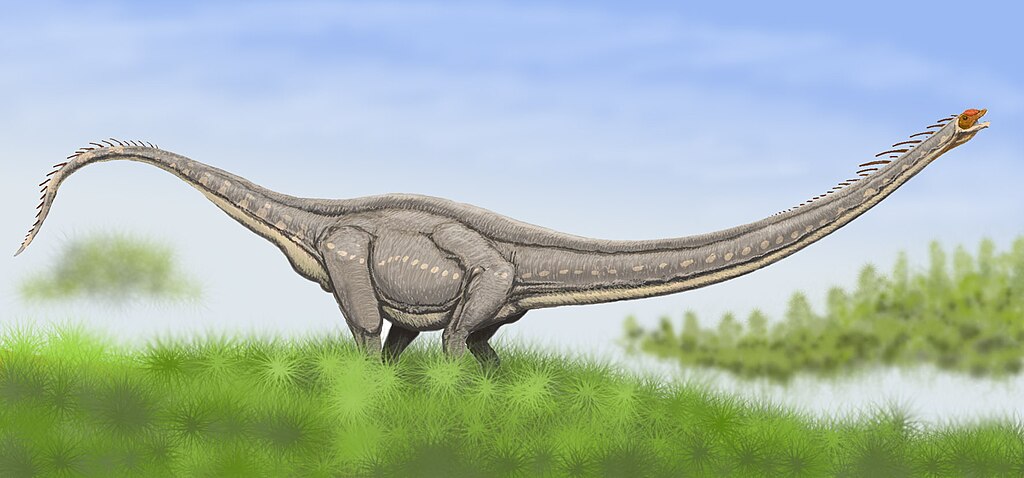
If dinosaurs did experience constipation, the consequences could have been significant, especially for larger species. Severe constipation in modern large animals can lead to toxic buildup, intestinal damage, and even death if untreated. For the massive sauropods, intestinal blockages would have been particularly dangerous due to their enormous body size and the corresponding difficulty in eliminating large impactions. Constipated dinosaurs might have exhibited behavioral changes similar to those seen in modern animals, including reduced appetite, lethargy, and discomfort. The social dynamics of dinosaur herds could have been affected if dominant individuals became ill from digestive issues. In extreme cases, constipation might have contributed to mortality events preserved in fossil assemblages, though such scenarios would be extremely difficult to confirm through the fossil record alone.
Paleontological Challenges in Studying Dinosaur Digestion
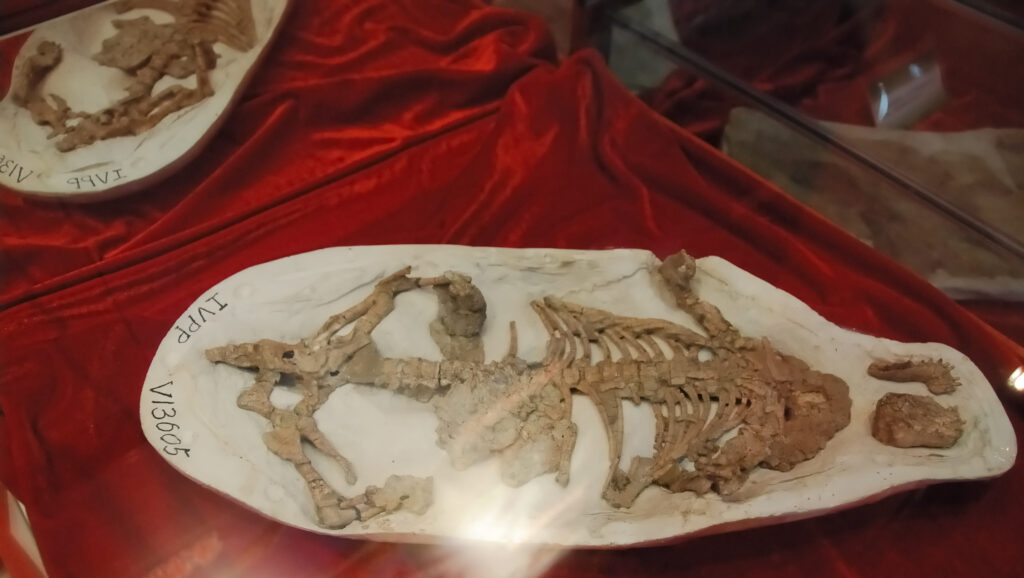
Studying dinosaur digestive health presents unique challenges due to the limitations of the fossil record. Soft tissues of the digestive tract rarely fossilize, leaving paleontologists to infer digestive anatomy from skeletal remains and ra,r e exceptional fossils. Even when fossilized stomach contents or coprolites are found, they represent single moments in time rather than providing information about chronic conditions like constipation. The time scales involved in fossilization make it difficult to capture evidence of temporary conditions like constipation, which might resolve within days or weeks. Taphonomic processes—the physical and chemical changes that occur during fossilization—can distort or destroy evidence of digestive ailments. Despite these challenges, new technological approaches, including advanced imaging techniques and biomolecular studies of coprolites, are gradually expanding our understanding of dinosaur digestive health.
Scientific Consensus and Ongoing Research
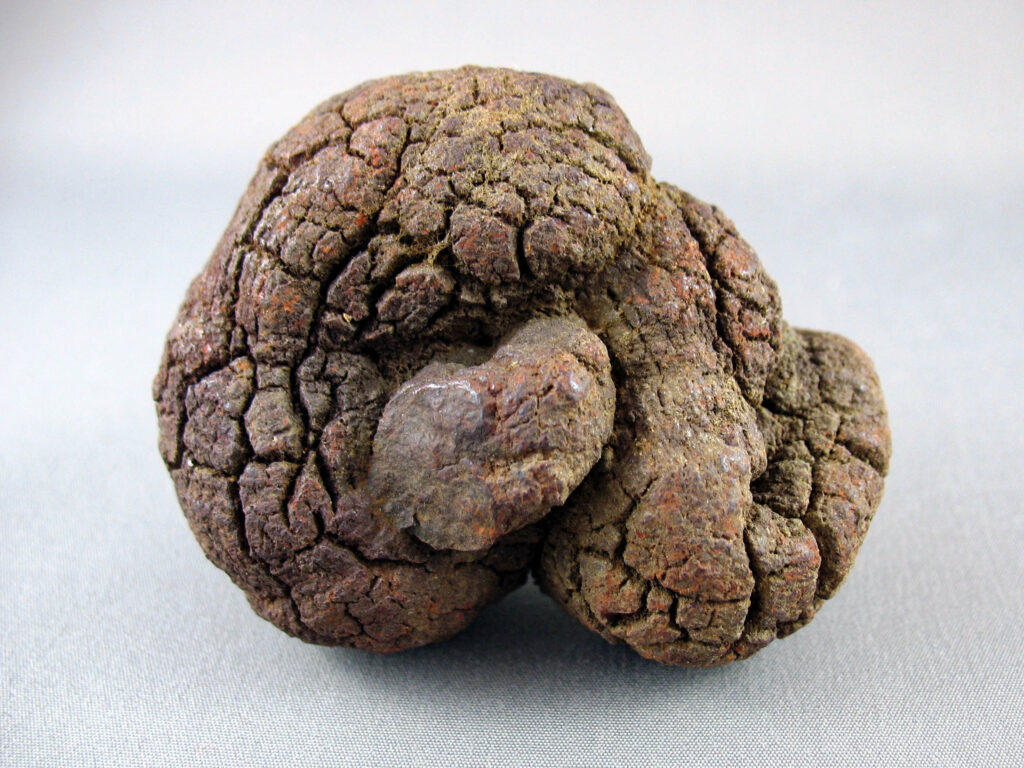
The scientific community generally accepts that dinosaurs, like all complex animals, likely experienced occasional digestive difficulties, including constipation. Paleontologists continue to investigate dinosaur digestion through multiple approaches, including comparative anatomy with living relatives, coprolite analysis, and computational models of digestive efficiency. Research into dinosaur gut microbiomes is an emerging field, with scientists attempting to understand the bacterial communities that would have aided dinosaur digestion based on evidence from modern animals. The study of modern cases where animals consume foods similar to dinosaur diets provides valuable data on potential digestive challenges dinosaurs might have faced. As technology advances, our understanding of dinosaur digestive he, lth—including conditions like constipation—will continue to develop, though some aspects will likely remain speculative due to the inherent limitations of studying extinct animals.
Conclusion: The Likely Reality of Dinosaur Constipation

While we may never have direct evidence of a constipated Tyrannosaurus or an impacted Brachiosaurus, the comparative evidence strongly suggests dinosaurs experienced digestive challenges similar to their modern relatives. All complex animals with digestive systems can experience constipation under certain conditions, and dinosaurs would have been no exception. The physiological demands of processing massive quantities of food, especially for the largest dinosaurs, would have created unique digestive challenges unlike anything seen in modern animals. The evolutionary adaptations dinosaurs developed to prevent and manage constipation likely included behavioral, anatomical, and physiological solutions working in concert. As our understanding of dinosaur biology continues to evolve, the question of dinosaur constipation reminds us that even the most magnificent prehistoric creatures faced mundane biological challenges alongside their more dramatic struggles for survival. In studying these aspects of dinosaur life, we gain a more complete and nuanced understanding of these remarkable animals that dominated Earth for over 160 million years.


